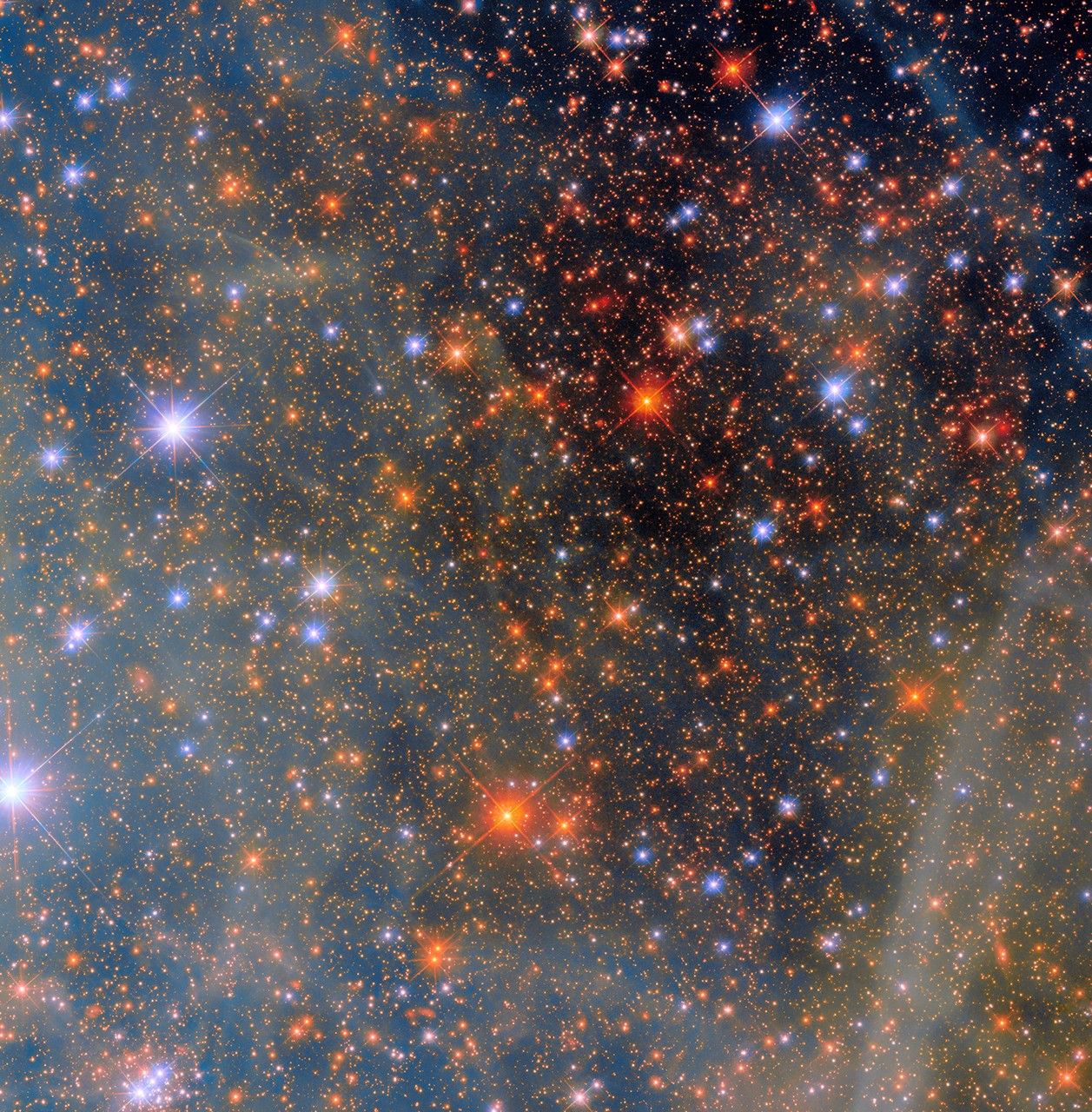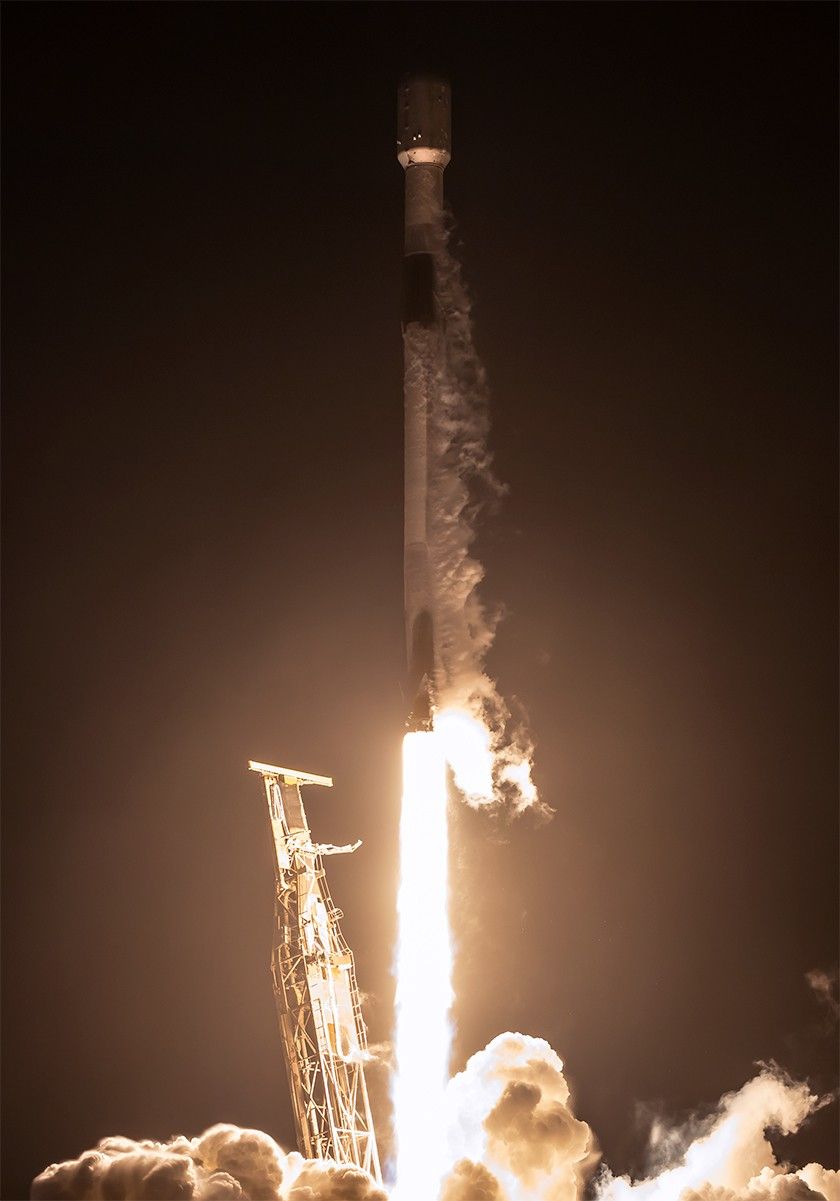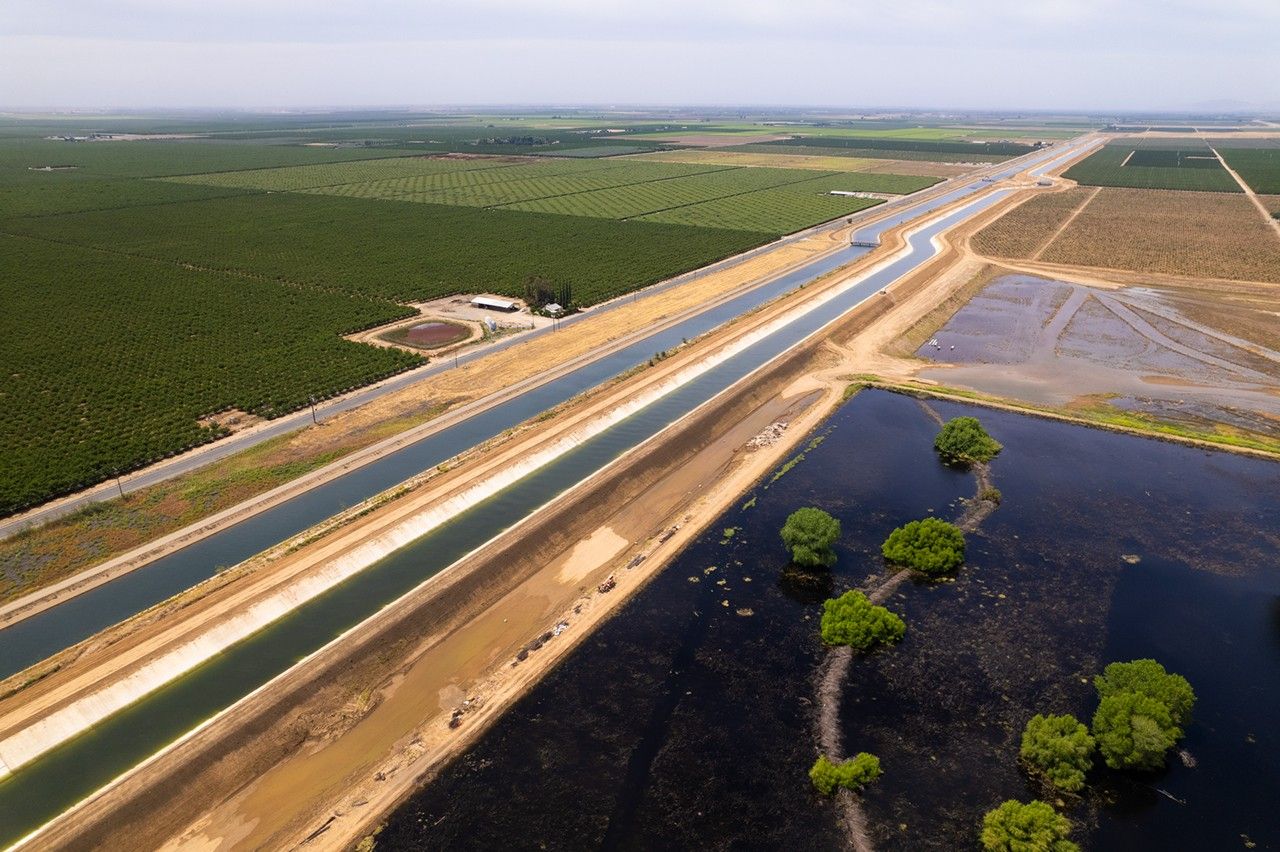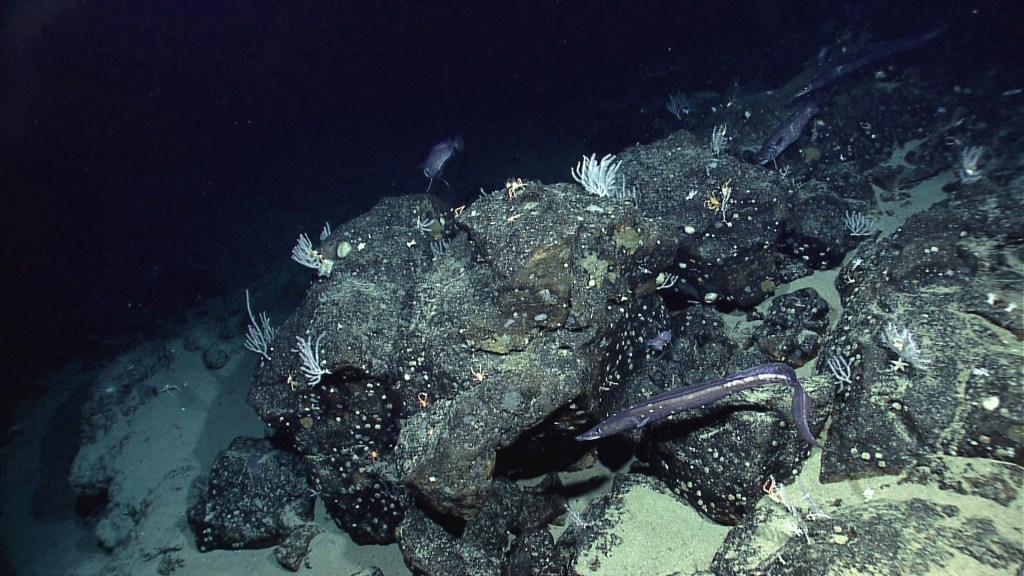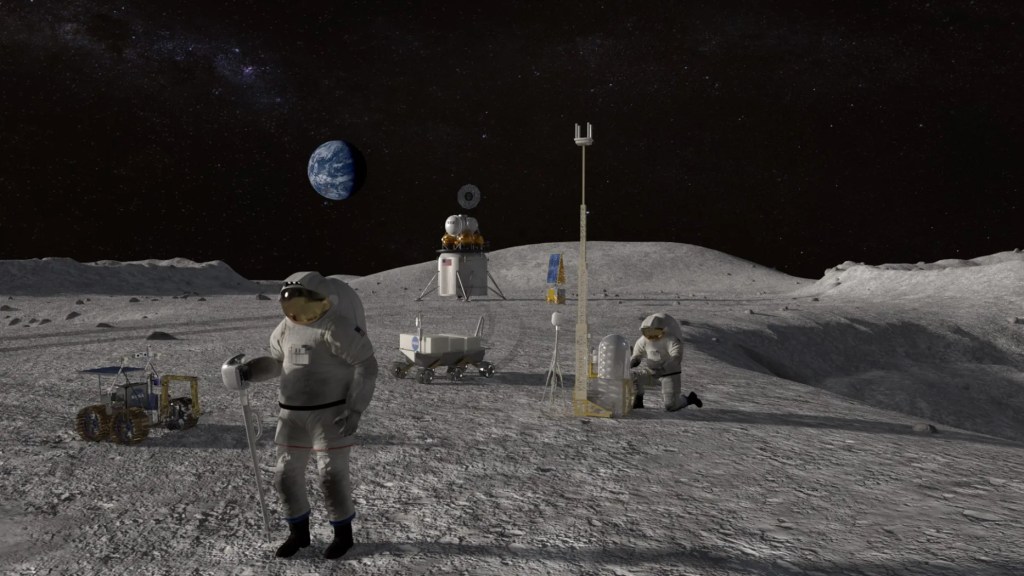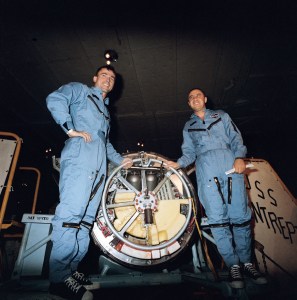As Lao Tzu famously said, “Every journey begins with a single step.” For America’s journey into space, one of those first steps occurred 70 years ago, on July 24, 1950. On that date, the United States launched its first two-stage rocket, combining German and American technology, from a place on the Atlantic coast of central Florida called Cape Canaveral. It was the first launch from that facility that, for the past 70 years, has seen thousands of rockets take to the skies, destined for Earth orbit, the Moon, planets, and even beyond. From Cape Canaveral and from the nearby NASA Kennedy Space Center, astronauts launched on the first pioneering crewed missions, headed for Moon landings, and helped to build the International Space Station.
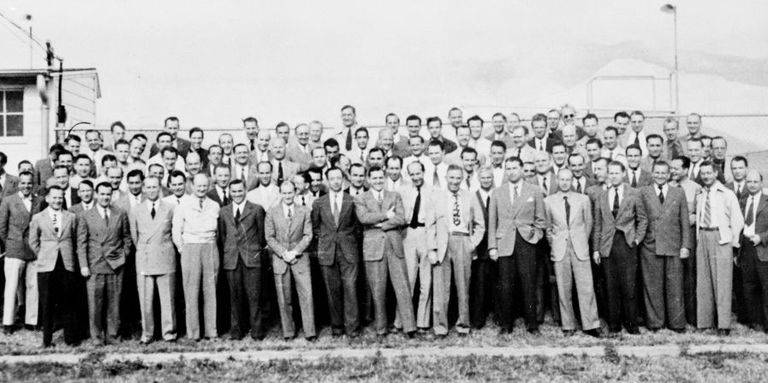
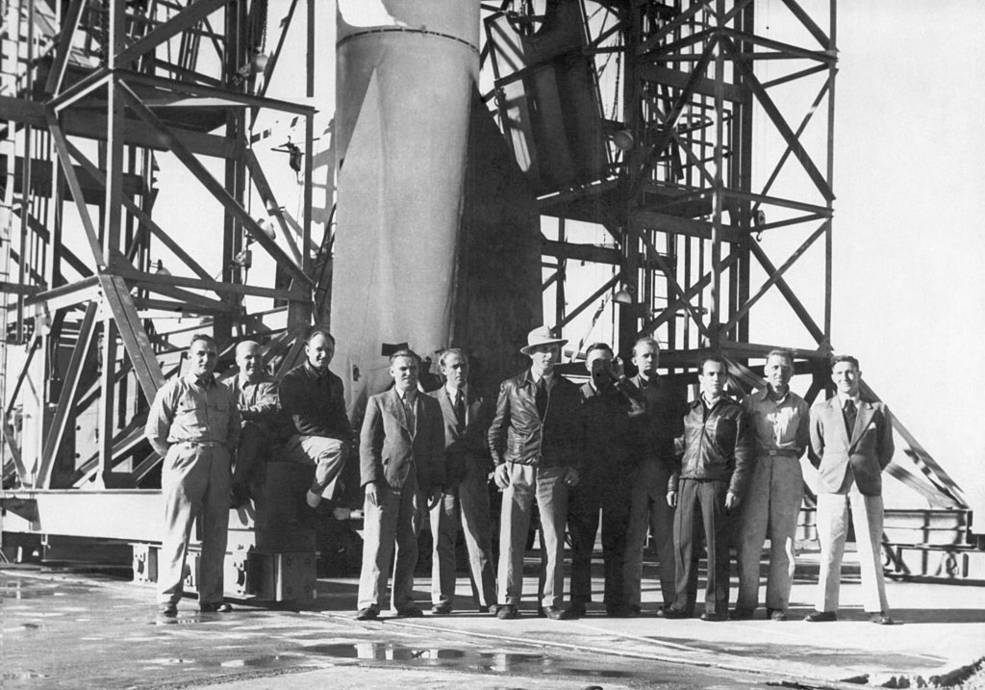
Left: German scientists and engineers pose at Fort Bliss in 1946.
Right: Posing at the base of a V-2 rocket at White Sands in 1946.
The story begins near the end of World War II when American forces captured German rocket scientists and engineers along with several V-2 ballistic missiles and other key components. As part of Operation Paperclip, the specialists and their rockets were relocated to Fort Bliss, Texas, near the newly established White Sands Proving Ground in New Mexico where under the guidance of the US Army they continued work on rockets and missiles. Although the concept of multi-stage rockets wasn’t new, it had never been tested. Combining the V-2 missile as a first stage with a scaled down version of a Corporal sounding rocket built by the Jet Propulsion Laboratory in Pasadena, California, Army engineers developed the first working two-stage liquid fueled rocket. The V-2 with the WAC (the acronym possibly stood for Without Attitude Control) Corporal on top became known as the Bumper. The first six Bumper flights were conducted at White Sands in May and August 1948, with the first two not carrying WAC upper stages. All four of the Bumper flights carrying the WAC failed for various reasons. Engineers met with success on the fifth WAC Bumper flight on Feb. 24, 1949, reaching a speed of 5,000 mph and an altitude of 244 miles, more than double the previous V-2 record of 110 miles, the first object to enter extra-terrestrial space.
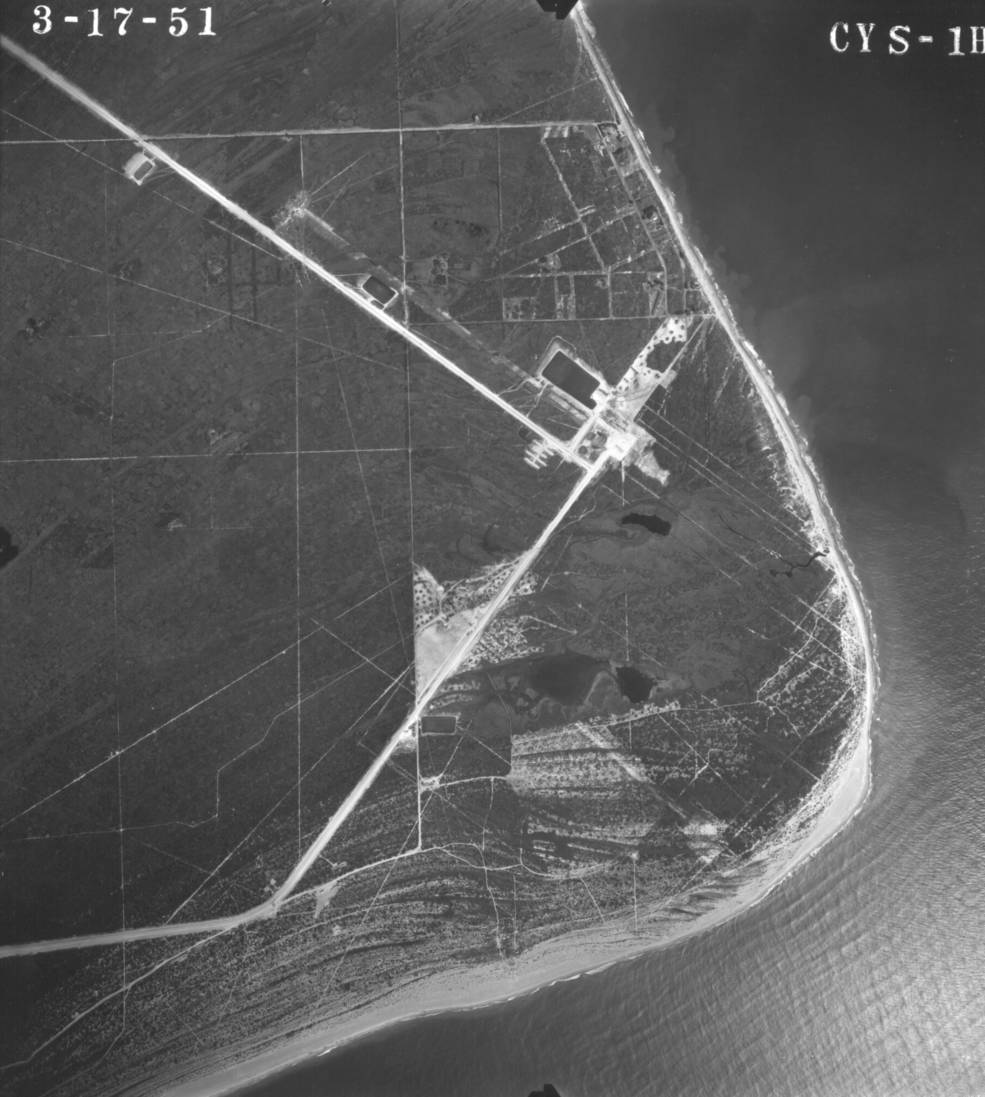
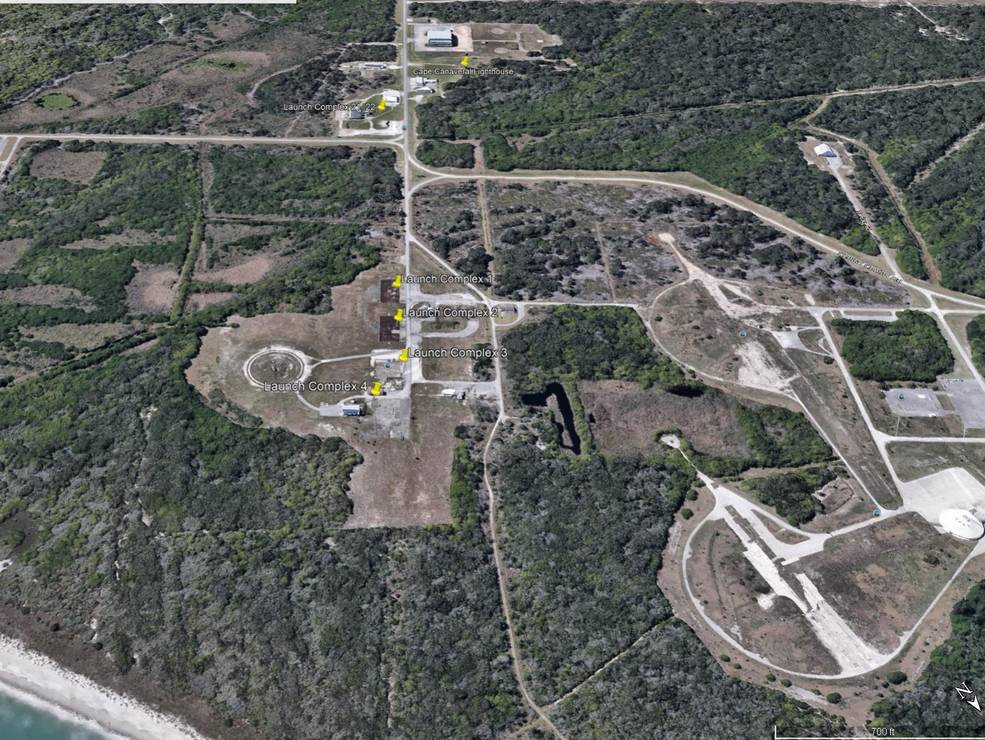
Left: Launch Complex 3 at LRPG on Cape Canaveral in 1951.
Right: Google Earth image of Launch Complexes 1, 2, 3, and 4 in 2019.
While the White Sands facility was good for vertical flights, tests requiring more horizontal components needed an over water range and such a range didn’t exist in the 1940s. The Long Range Proving Ground (LRPG), managed jointly by the Army, Air Force, and Navy, was established on a bit of remote central Florida coastline called Cape Canaveral. The site was chosen for its low population density, and proximity to an abandoned naval base (Banana River Naval Air Station, now Patrick Air Force Base). It allowed rocket launches with a range of 500 miles and eventually up to 5,000 miles. The Army Corps of Engineers constructed Launch Complex 3 for the Bumper rocket tests, including the pad itself as well as a blockhouse.
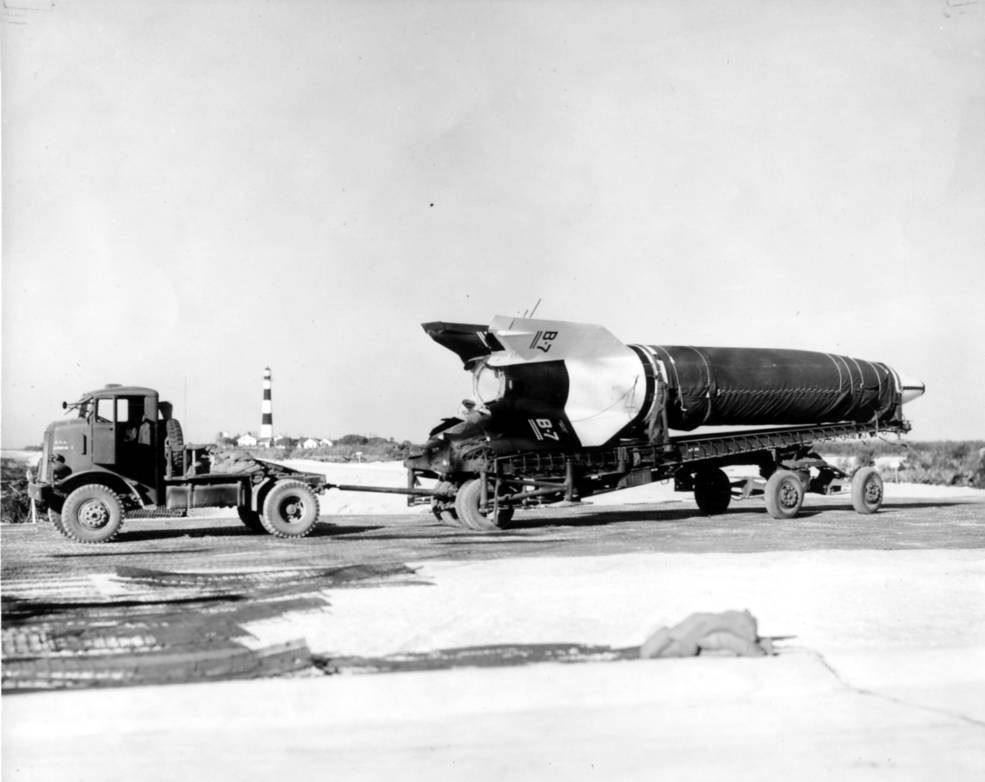
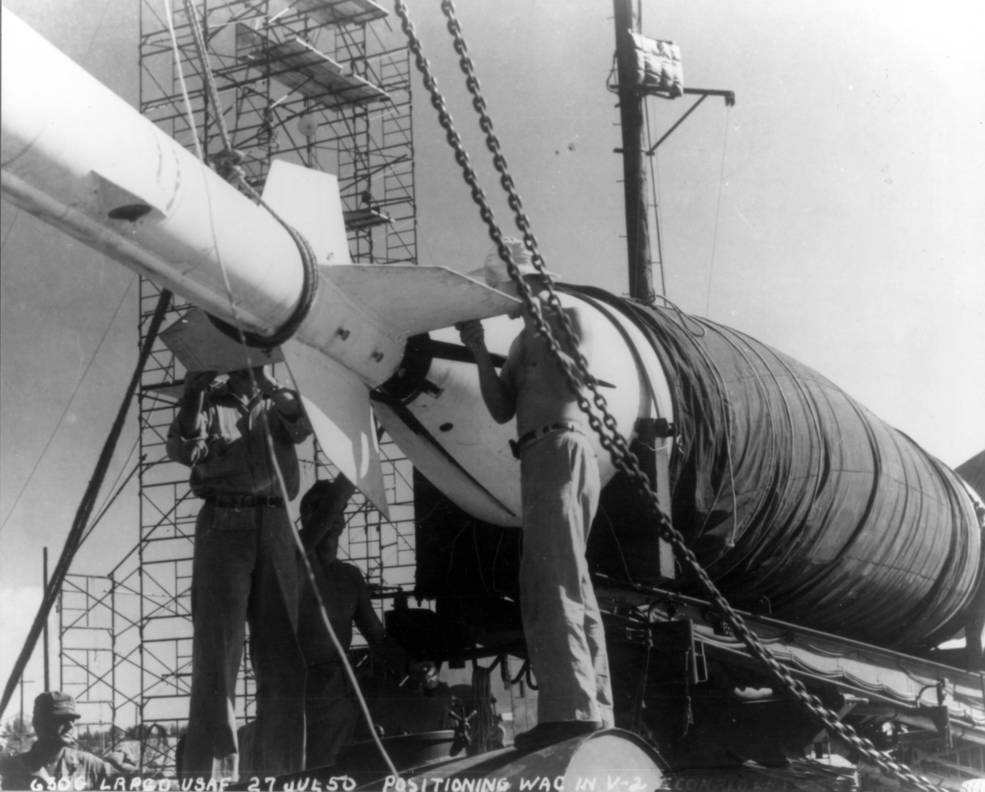
Left: Workers transport Bumper 7 to Complex 3 in July 1950. Right: Workers mate the WAC upper stage to the V-2 missile at Complex 3 in July 1950 for the Bumper 7 test flight.
Bumper 7 was prepared for launch on July 19, 1950, but due to delays in the launch, the V-2 part of the rocket remained filled with liquid oxygen nine hours longer than planned. The resulting moisture build up in the humid Florida air caused a valve to fail to open, scrubbing the launch. Workers removed Bumper 7 from the launch pad for refurbishment, replacing it with Bumper 8 which took off on July 24, 1950, the first rocket to be launched from Cape Canaveral. The V-2 lifted off normally, but the missile heeled over to 10 degrees instead of the planned 22 degrees, causing undue strain on the WAC second stage which separated but failed to ignite. Engineers tried again with Bumper 7 in July 29, and this time the flight was slightly more successful. The V-2 again flew a lower trajectory profile than planned, but the WAC separated at an altitude of 8.5 miles and fired for 40 seconds. It reached a speed of more than 3,200 miles per hour, roughly half the targeted velocity, and traveled 150 miles downrange. With the Bumper 7 launch the program ended but Complex 3 continued to be used to launch other rockets.
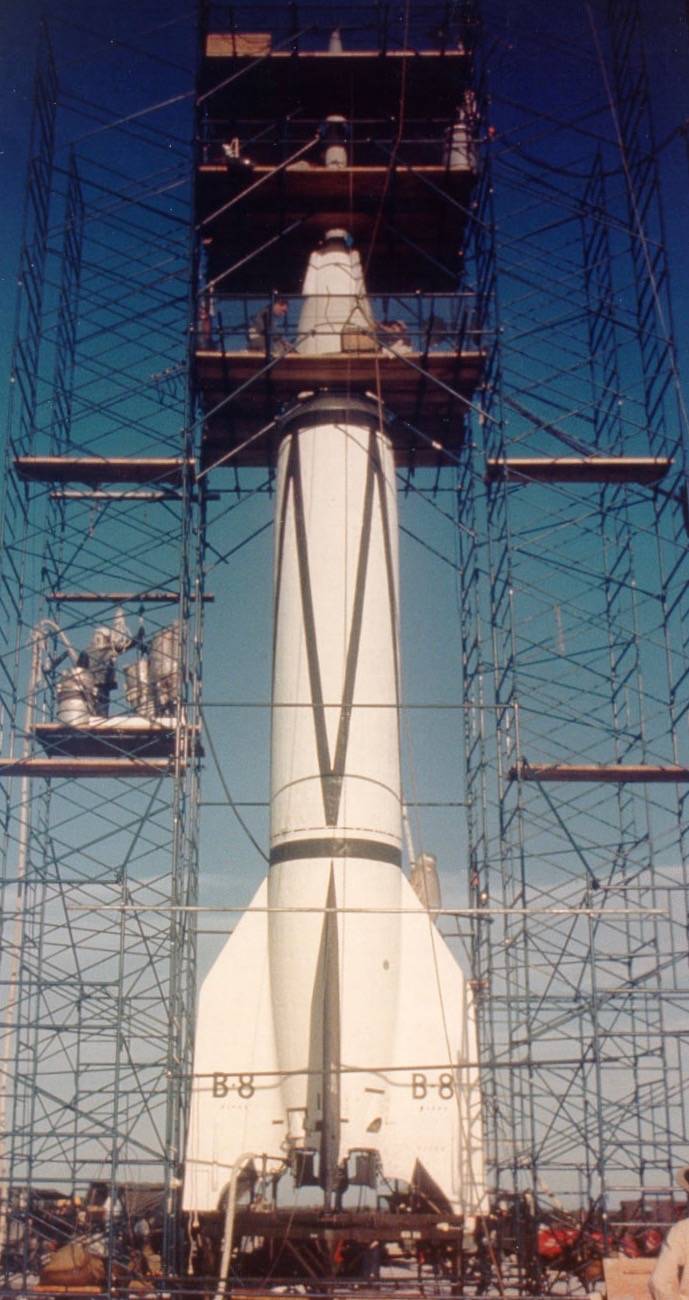
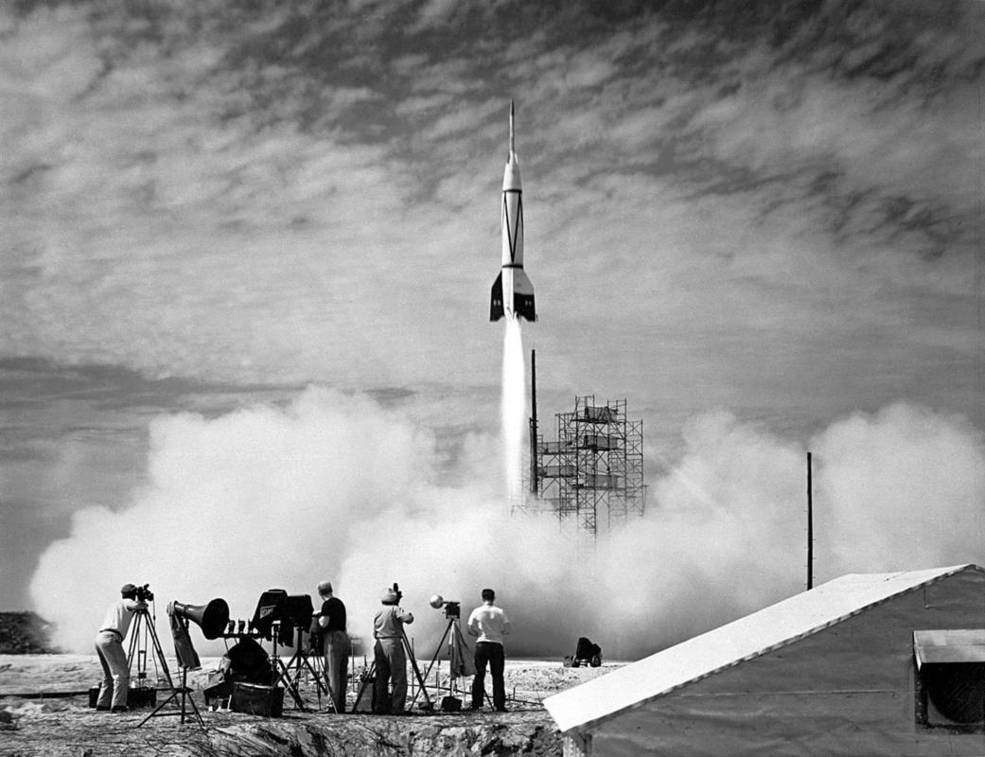
Left: Bumper 8 in its gantry at Complex 3 prior to launch. Right: First rocket launch from Cape Canaveral, the Bumper 8 flight.
In 1951, the Air Force renamed the LRPG as the Cape Canaveral Auxiliary Air Force Base. Two years later, the first Redstone rocket lifted off from the newly-built Complex 4. With added upper stages, the Redstone rocket became the Juno 1 that launched America’s first artificial satellite, Explorer 1, on January 31, 1958. The Redstone also launched Alan B. Shepard and Virgil I. Grissom on their pioneering suborbital Mercury missions in 1961.
With many thanks to Elaine Liston, Archivist at Kennedy Space Center, for her help and contributions to this article.




